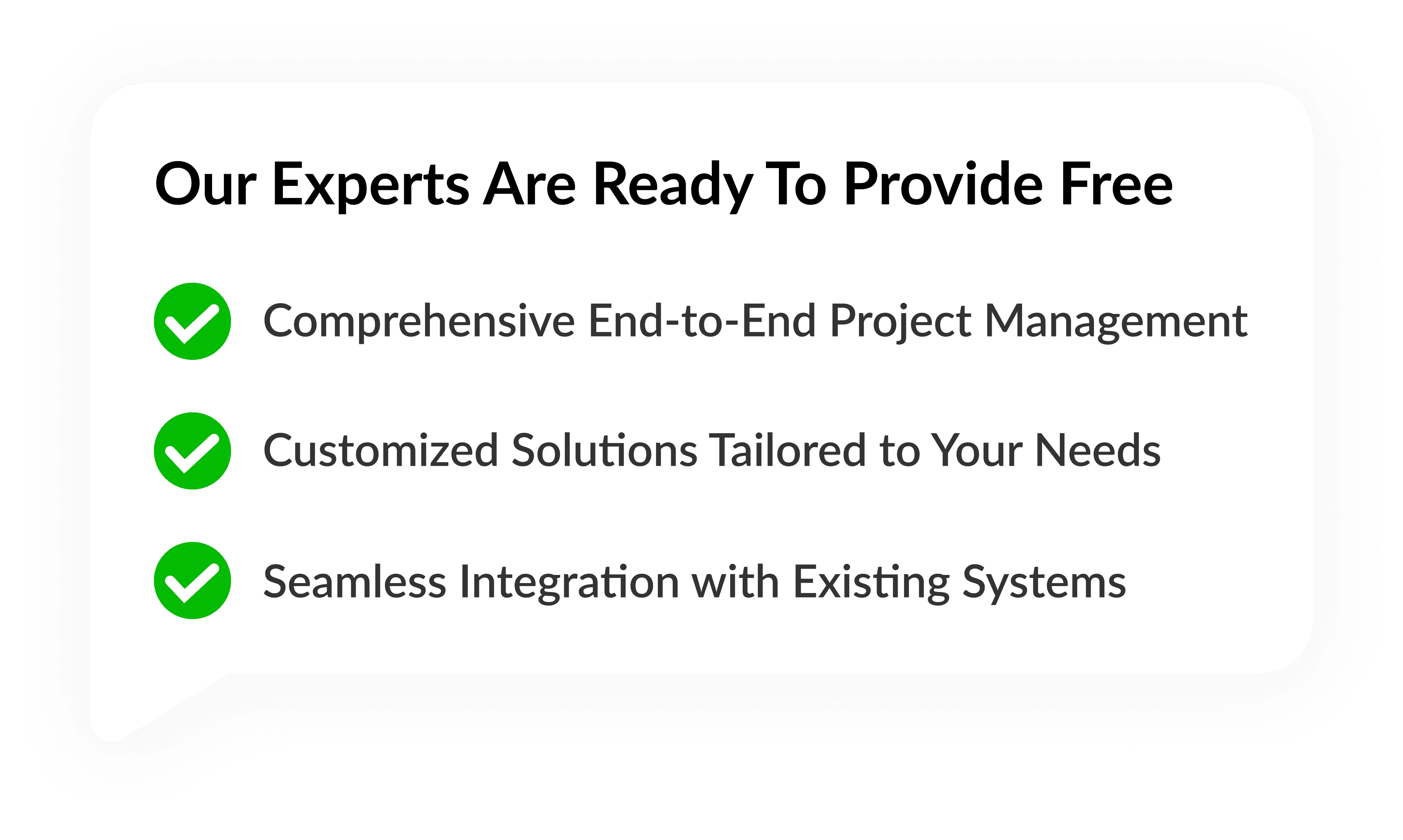
A Quick Guide to SDLC: What Business Founders Should Know
Febuary 7,
4:30 PM
The Software Development Life Cycle (SDLC) is a structured process for creating software. It involves several stages, including planning, analysis, design, development, testing, deployment, and maintenance.
The SDLC can help businesses improve project management, ensure higher quality, and reduce costs. It can also help businesses communicate better with stakeholders. By following the SDLC, businesses can create high-quality software that meets their needs and the needs of their customers.
Benefits of Using the SDLC
There are many benefits to using the SDLC. Some of the most important benefits include:
- Improved project management: The SDLC provides a structured framework for managing software development projects. This can help to ensure that projects are completed on time and on budget.
- Higher quality software: The SDLC helps to ensure that software is developed to a high standard. This can help to reduce the number of errors and bugs in software.
- Reduced costs: The SDLC can help to reduce the costs of software development by improving efficiency and reducing the need for rework.
- Improved communication with stakeholders: The SDLC can help businesses to communicate better with stakeholders, such as customers, employees, and investors. This can help to ensure that everyone is on the same page about the project and its goals.
Choosing the Right SDLC Model
There are many different SDLC models that businesses can choose from. The best model for a particular project will depend on the specific needs of the project. Some popular models include:
- The Waterfall Model: The Waterfall Model is a traditional SDLC model that is often used for large projects. It is a linear model, meaning that each stage of the process must be completed before the next stage can begin.
- The Agile Model: The Agile Model is a more iterative SDLC model. It is based on the idea of breaking down large projects into smaller, more manageable tasks. These tasks are then completed in short iterations, called sprints.
- The Spiral Model: The Spiral Model is a risk-driven SDLC model. It is often used for projects that are complex or have a high degree of uncertainty. The Spiral Model involves a series of iterations, each of which includes planning, risk assessment, development, and testing.
- The DevOps Model: The DevOps Model is a relatively new SDLC model. It is based on the idea of breaking down the barriers between development and operations. This can help to improve collaboration and communication between these two teams.
- The V-Model: The V-Model is a variation of the Waterfall Model. It adds a verification and validation phase to the model.
The SDLC Process
The SDLC process typically involves the following stages:
- Planning: In the planning stage, the project team will define the goals and objectives of the project. They will also create a project plan that outlines the tasks that need to be completed and the deadlines for each task.
- Analysis: In the analysis stage, the project team will gather and analyze requirements from stakeholders. This information will be used to create a detailed functional specification for the software.
- Design: In the design stage, the project team will create a high-level design for the software. This design will describe the architecture of the software and the user interface.
- Development: In the development stage, the project team will write the code for the software. This will typically be done using a programming language such as Java, Python, or C++.
- Testing: In the testing stage, the project team will test the software to ensure that it meets the requirements and is free of errors.
- Deployment: In the deployment stage, the software will be deployed to production. This may involve installing the software on servers, configuring the software, and training users.
- Maintenance: In the maintenance stage, the project team will provide ongoing support for the software. This may include fixing bugs, adding new features, and upgrading the software.
Working with a Software Development Company
If you are a business founder who is looking to develop software, it is a good idea to work with a software development company. A software development company can provide you with a team of experienced professionals who can help you to develop high-quality software.
Here are some tips for choosing a software development company:
- Do your research: There are many software development companies out there. It is important to do your research and find a company that has the experience and expertise that you need.
- Get quotes from multiple companies: It is a good idea to get quotes from multiple software development companies before making a decision. This will help you to ensure that you are getting a fair price for the services that you need.
- Meet with the team: It is important to meet with the team that will be working on your project. This will help you to get a feel for their experience and expertise.
- Check references: Ask the company for references from past clients. This will help you to get an idea of their quality of work.
Conclusion
The SDLC is a valuable tool for businesses that are looking to develop high-quality software. By following the SDLC, businesses can improve project management, ensure higher quality, and reduce costs. They can also improve communication with stakeholders and create software that meets their needs and the needs of their customers.




Blockchain Solution
Launching
- Market Research & Analysis
- Strategic Planning
- Branding
- Content Creation
- Social Media Marketing
- Analytics and Reporting
Testing
- Unit Testing
- Integration Testing
- Smoke Testing
- Security Testing
- Recovery Testing
- System Testing
- Regression Testing
- Performance and Load Testing
- UAT User Acceptance Testing
Maintenance
- Security Updates
- Performance Optimization
- Database Management
- Monitoring & Reporting End-of-Life Planning
Contact US!
India

Plot No- 309-310, Phase IV, Udyog Vihar, Sector 18, Gurugram, Haryana 122022
Copyright © 2025 PerfectionGeeks Technologies | All Rights Reserved | Policy
Contact US!
India 
Plot 378-379, Udyog Vihar Phase 4 Rd, near nokia building, Electronic City, Sector 19, Gurugram, Haryana 122015
Copyright © 2025 PerfectionGeeks Technologies | All Rights Reserved | Policy




